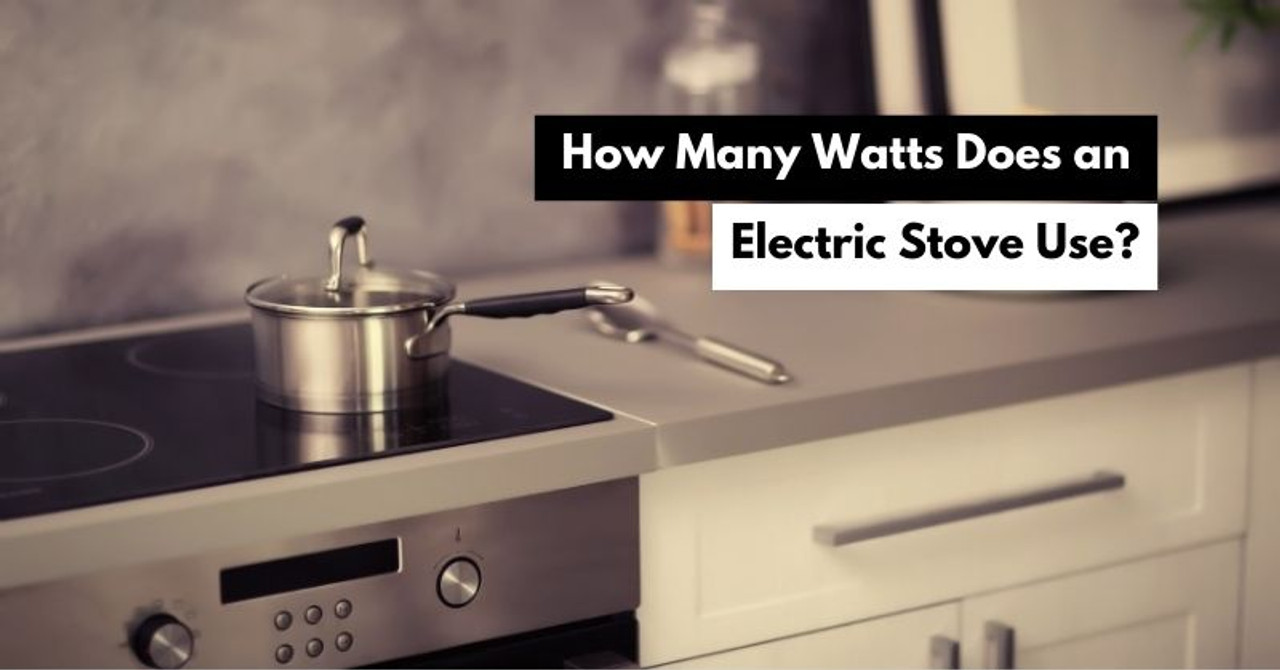How Many Watts Does an Electric Stove Use?
Both electric stoves and ovens are considered among high-power appliances. Therefore, you should know their power consumption to manage your energy expenses and control utility bills. One way to avoid adding too much to your electricity bills is to choose energy-efficient stoves that help you cook without drawing so much power.
Are you wondering how many watts does an electric stove use? You have come to the right place. This article covers the typical power consumption of electric stoves, energy costs, and factors that influence energy use. Moreover, some valuable tips for reducing energy consumption while using an electric stove are also part of the discussion below. Let's get into detailed specifics.
How much electricity does an electric stove and oven use?
Most electric stove burners come with an average power consumption of 1,000-3,000W per burner. However, the energy consumption may vary depending on the stove type, size, and model. Bigger stoves will draw more power than smaller ones.
Suppose you have a 1,000W electric stove and you use it for one hour daily; its daily power consumption will be 1kWh. Wondering how many amps does an electric stove use? Usually, these stoves are powered with a 240V socket and use a 20-60A current.
If we talk about the average energy consumption of electric ovens, they use between 2,000 and 5,000 watts. You can see that the electricity usage of an electric oven is higher than that of an electric stove burner. The reason behind this fact is that ovens have greater heat capacity and higher heat output. When you cook longer, ovens provide more heat based on the chosen temperature level. Therefore, they use more electricity.
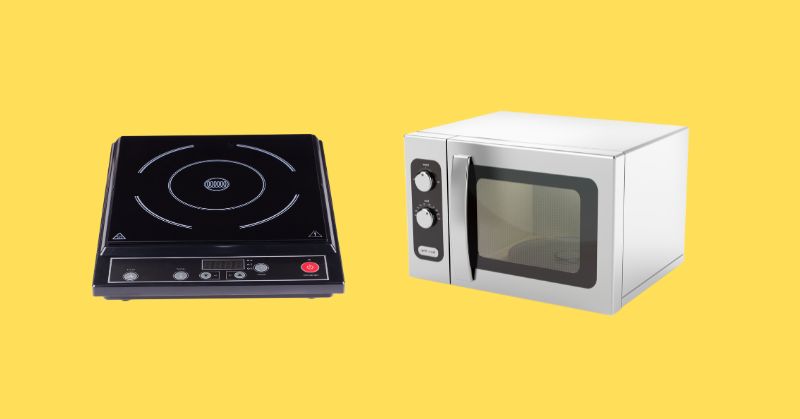
To calculate the actual wattage of an electric stove, all you need to know is its nominal power rating and the cooking duration. The formula below will help you calculate the power consumption of an electric stove based on the cooking time.
Energy consumption of an electric stove = stove's power rating (kW) x cooking duration (h)
Suppose you run a 2,000W (or 2kW) electric stove for 60 minutes (or 1 hour). Let's calculate its actual power usage.
Actual energy consumption = 2 x 1 = 2kWh
It shows that the stove will consume 2kWh of electricity per session.
How much does it cost to power an electric stove?
kWh is the standard unit of electricity measurement. One kilowatt-hour refers to the continuous power consumption of a 1,000W stove for 1 hour. Power management authorities and electrical grids also charge you for electricity based on per kWh consumption.
As of writing this guide in November 2024, the average cost of electricity in the US is 16.63 cents (or $0.16) per kWh. If you look at the electricity cost in the US in 2023, you will see a 4.5% increase in the price in 2024.
Remember, the rates may vary from one state to another. For example, the electricity costs in the states of Louisiana, Michigan, and Massachusetts are 11.57 cents (or $0.11) per kWh, 13.68 cents (or $0.13) per kWh, and 23.21 cents (or $0.23) per kWh, respectively. Therefore, if you want to calculate the cost of running an electric stove in your home, don't forget to consider the standard electricity cost in your area.
Suppose you live in the state of Michigan and use both a 2,000W (or 2kW) electric stove burner and a 4,000W (or 4kW) oven for 40 minutes (or 0.67 hours) daily. Let's calculate the cost of running both appliances for the mentioned state and cooking duration.
The cost of running an electric stove burner daily in Michigan = 2 x 0.67 x 0.13 = $0.17
Monthly cost = 0.16 x 30 = $5.1
Annual cost = 0.17 x 365 = $62.05
The cost of running an oven daily in Michigan = 4 x 0.67 x 0.13 = $0.34
Monthly cost = 0.34 x 30 = $10.2
Annual cost = 0.34 x 365 = $124.1
This is how you can calculate the cost of running an oven or electric stove for different cooking durations, electricity rates, and the rated power of the appliance.
Factors affecting electric stove wattage and power usage
Now that you understand the power usage of both electric stoves and ovens. It is time to get familiar with the potential factors that can influence the wattage requirements of these appliances. Let's look at each factor one by one.
1. Burner size and type
An electric stove with a larger burner consumes more power to cook food, as it delivers more heat. In comparison, smaller burners are perfect for slow cooking. Therefore, choose an electric stove that best matches your needs. Similarly, different types of burners (like induction, electric coil, and downdraft) use different amounts of power. Select the right type and size for energy-efficient use.
2. Cooking temperature and duration
The temperature you set while cooking directly impacts the stove's power usage. Similarly, longer cooking times draw more power. Considering these factors, adjust the right time and temperature settings when cooking your feed, boiling water, or other similar things.
3. Oven use and baking duration
While baking, ovens use between 2,000W and 5,000W. The more frequently you use it, the more energy it will consume. Similarly, baking for long hours with electric ovens will add more to your electricity bills.
4. Stove age and efficiency
Older electric stoves usually consume more power than their newer alternatives. In contrast, energy-efficient stoves consume less and deliver more. If you want to buy an electric stove for your kitchen, make sure it is energy-efficient and supports advanced cooking techniques.
Purchasing an energy-efficient electric range and oven
Out of so many electric ranges and ovens available in the market, it becomes challenging for many users to choose energy-efficient cooking solutions. This is where the Energy Star program lends you a helping hand. This program helps businesses and individuals to find energy-efficient appliances at competitive prices.
Most electric stoves have a heat transfer efficiency of 75-80%. According to the Energy Star program, induction cooktops are more efficient than traditional electric stoves, as they offer 85% efficiency. Similarly, if you plan to buy an electric oven, this program can provide valuable assistance. Some essential guidelines are as follows.
- If you prefer cooking faster at low-temperature levels, buy a convection oven. Remember, it is costly.
- If you need an oven with a self-cleaning cycle, purchase a self-cleaning oven that needs extra insulation.
- An induction cooktop is even more expensive, but it helps you save more energy than other alternatives. This stove type produces direct heat with electromagnetic energy instead of heating elements or burners.
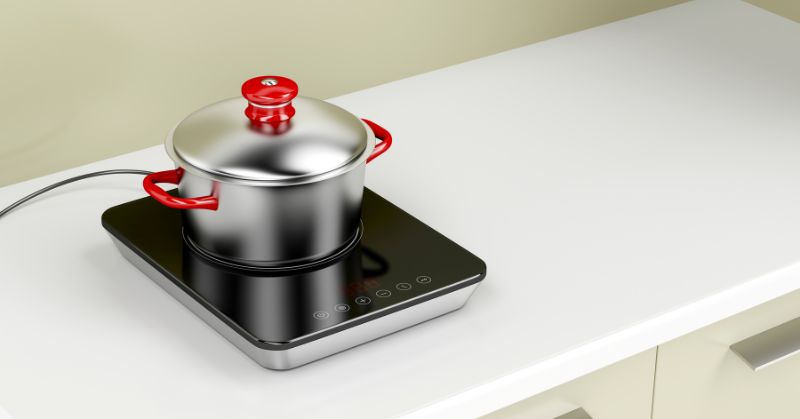
When buying high-efficiency electric ovens, don't forget to consider potential features like improved insulation, variable wattage, automatic shut-off, inverter technology, and more. With the auto shut-off feature, you can minimize power consumption. Similarly, the inverter technology can help you save up to 70% of energy.
Are you looking for a reliable backup power supply to power your electric stove during outages? Solar generators equipped with inverters, batteries and solar panels will do the job. If you have a 1,000-3,000 watt electric stove, you can easily power it with the Renogy 800W 12V General Off-Grid Solar Kit. It is more than enough to fulfil your daily power needs of up to 3.5-4kWh.
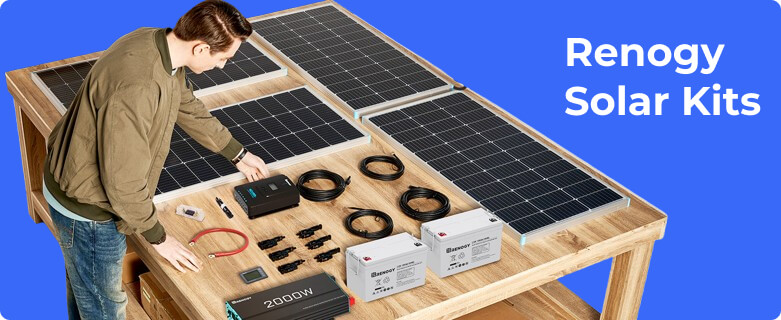
For bigger electric stoves and ovens that consume power of up to 4.8kWh, you can use the Renogy LYCAN 5000 Power Box. It comes with an expandable capacity of up to 19.2kWh. It is equipped with lithium iron phosphate (LiFePO4) batteries for longer backups.
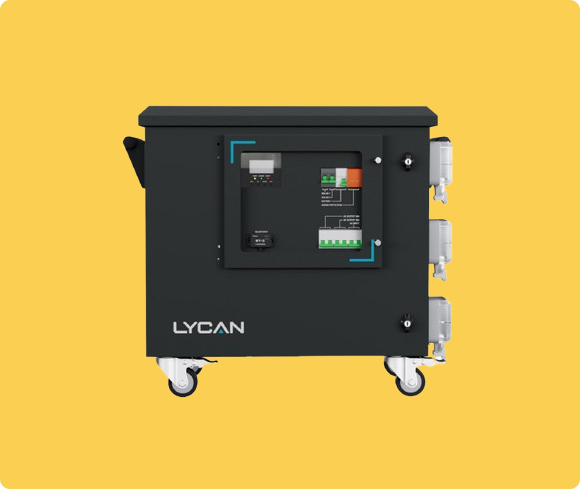
Tips for reducing energy consumption with an electric stove
Now that you know how much electricity does an electric stove use per month and annually. It is time to get familiar with how you can reduce the energy consumption of electric stoves. You must be interested in knowing this, too. Right?
Though buying new technologies help you save energy, it is not the only way to reduce power consumption of ovens and electric stoves. Try smart energy practices listed below and see how they work for you.
- Always choose an Energy Star-certified electric stove.
- You can save around 3% of energy costs by setting your thermostat lower by one degree.
- Replace your metal pans with ceramic or glass bakeware.
- Turn off the light when the stove is not in use.
- Instead of opening your oven multiple times, see through the window and keep its door closed.
- Make a habit of cooking more items at one time instead of cooking them separately.
- Clean your oven or stove every time you use it. It greatly reduces its power consumption.
Final words
Are you searching for how many watts does an electric stove use before you buy it? Well, an electric stove consumes 1,000-3,000 watts of power on average. In comparison, an electric oven uses more energy, i.e., 2,000-5,000W.
To calculate the hourly, daily, monthly, or annual cost of power consumption for an electric stove and oven, you should know the power rating of the stove, cooking duration, and the cost of electricity per kWh in your state, country, or region.
If you want to save on your electricity bills while using electric stoves and ovens, you should be familiar with potential energy-saving habits like buying an Energy Star-certified stove, regular cleaning, keeping the door closed, and more. For further specifics, read through this article in detail, as it covers everything you are looking for.
Frequently asked questions
Do electric stoves use a lot of electricity?
Yes, they use a lot of power or energy. At the same time, they are super efficient to cook a range of food items faster. The power usage of electric stoves largely depends on their type, size, and the time for which you use them. Though larger stoves use more power, they can cook more in less time.
How many watts is a standard electric stove?
The wattage requirements of standard electric stoves are between 1,000W and 3,000W. Different models may use different amounts of power, but the overall range remains the same. A stove with more features may require more power to operate than a conventional stove with basic features.
How much wattage does each burner use on an electric stove?
The power rating mentioned on the stove is usually for a single burner. For example, if you have a 1,000W electric stove, it means its single burner will consume this much power. If you run multiple burners at the same time, the power consumption will be increased accordingly. If your stove has coil burners, they will use between 1,500W and 2,500W.

